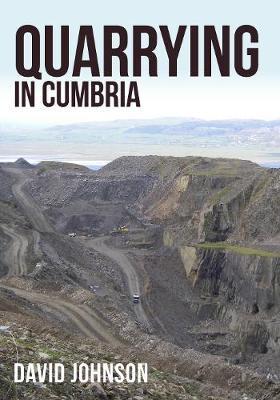Quarrying in Cumbria

Quarrying in Cumbria
Cumbria has a wide variety of rock types that proved suitable for building and other uses, and quarry workings, large and small, can be found across the county. Countless abandoned quarries exploited limestone, sandstone, flagstone, slate, granite, sands and clays and gypsum, and quarrying was a major local industry in the fells, along the west coast and on the Pennine edge. For many centuries, men laboured in difficult and dangerous conditions, in all weathers and in very remote locations, to supply increasing demands for stone products, many of which were exported. Some quarries still operate today, supplying markets across the country. The story of how stone was won is an important part of our disappearing heritage: this book explores the rich legacy of quarrying across Cumbria.
PRP: 115.13 Lei
Acesta este Prețul Recomandat de Producător. Prețul de vânzare al produsului este afișat mai jos.
92.10Lei
92.10Lei
115.13 LeiLivrare in 2-4 saptamani
Descrierea produsului
Cumbria has a wide variety of rock types that proved suitable for building and other uses, and quarry workings, large and small, can be found across the county. Countless abandoned quarries exploited limestone, sandstone, flagstone, slate, granite, sands and clays and gypsum, and quarrying was a major local industry in the fells, along the west coast and on the Pennine edge. For many centuries, men laboured in difficult and dangerous conditions, in all weathers and in very remote locations, to supply increasing demands for stone products, many of which were exported. Some quarries still operate today, supplying markets across the country. The story of how stone was won is an important part of our disappearing heritage: this book explores the rich legacy of quarrying across Cumbria.
Detaliile produsului









